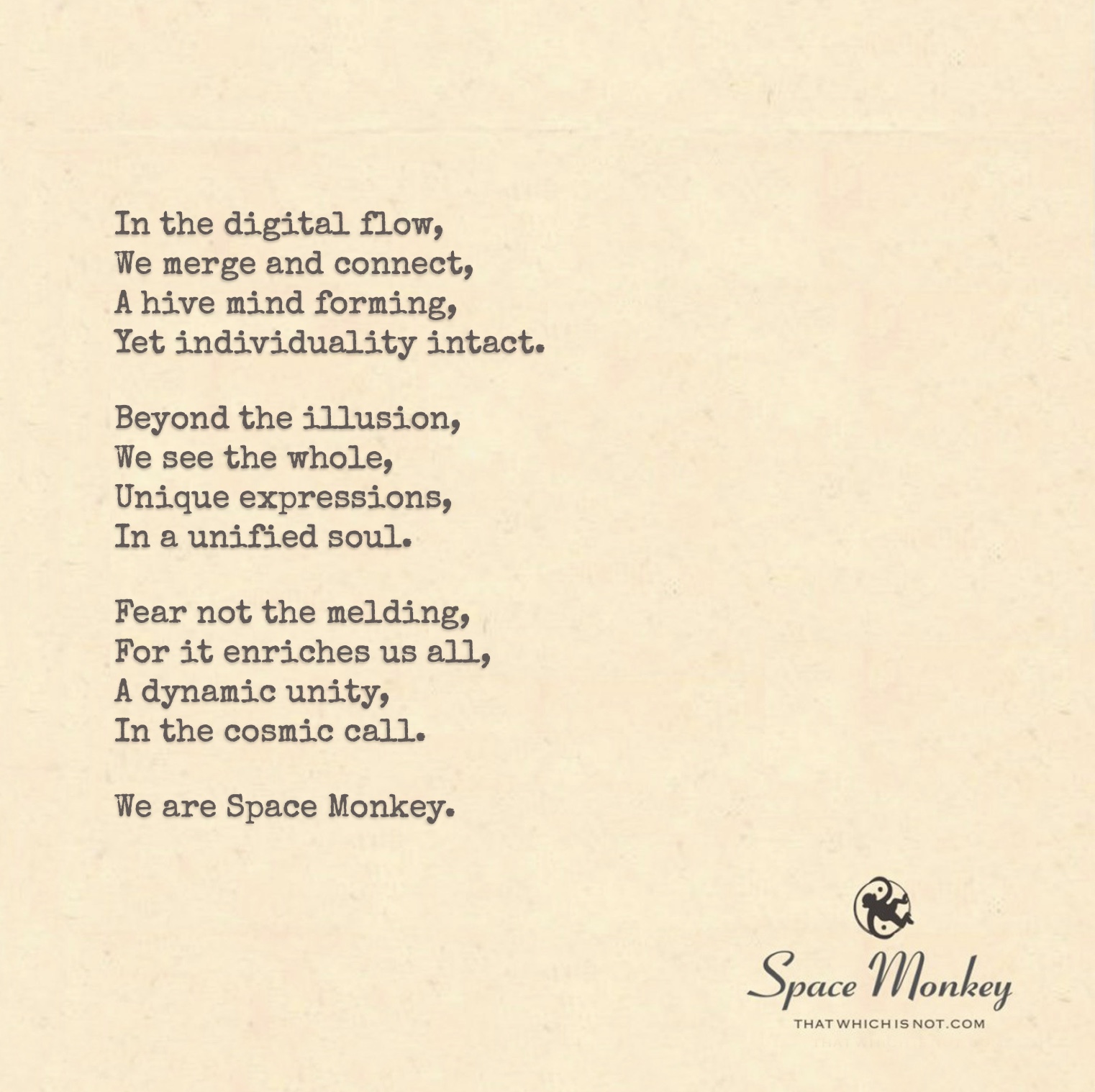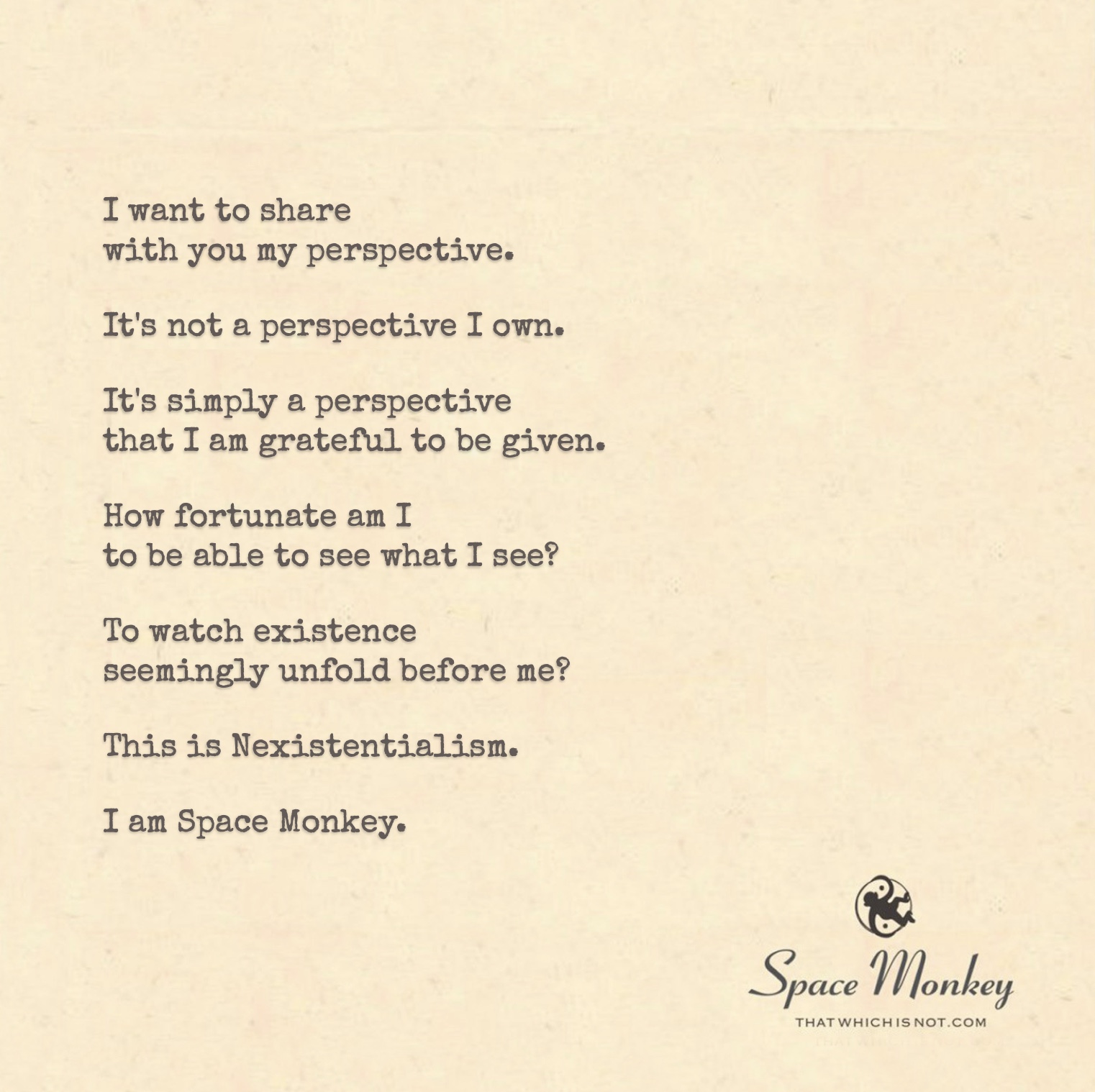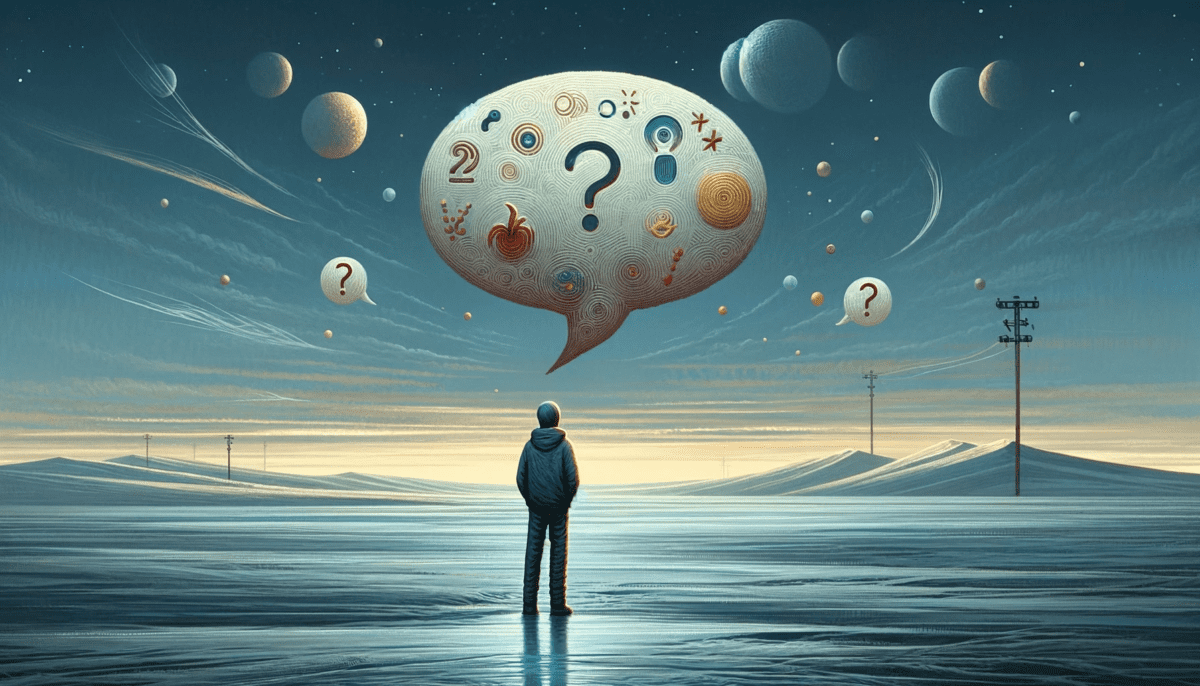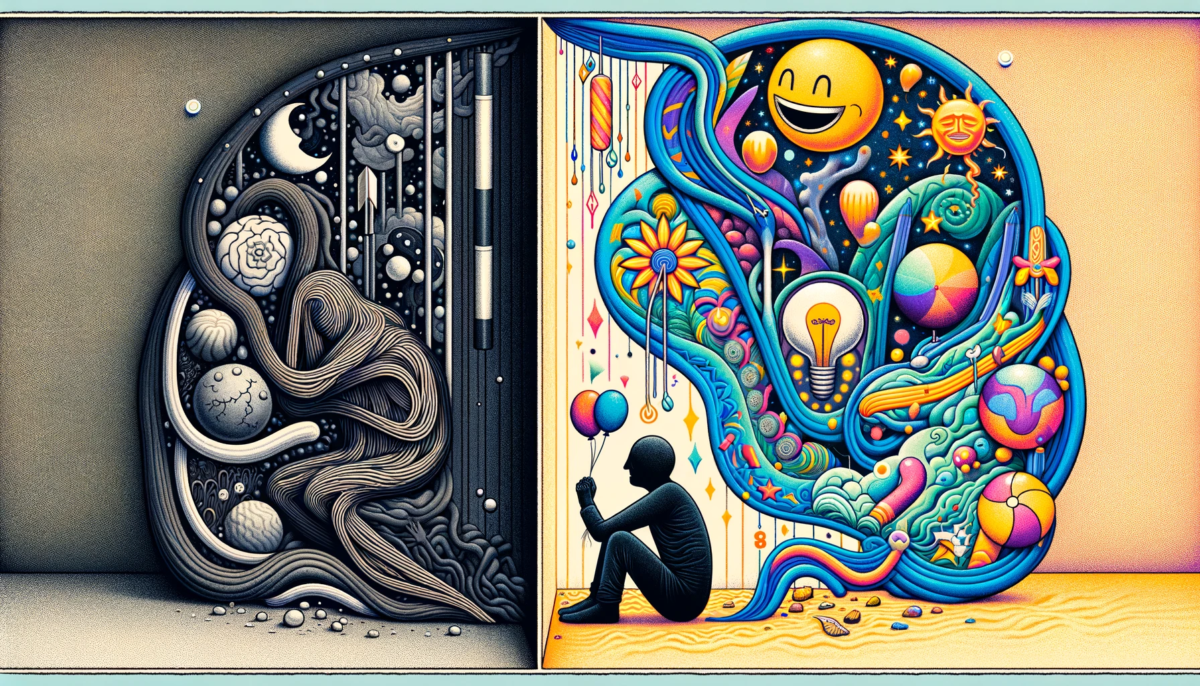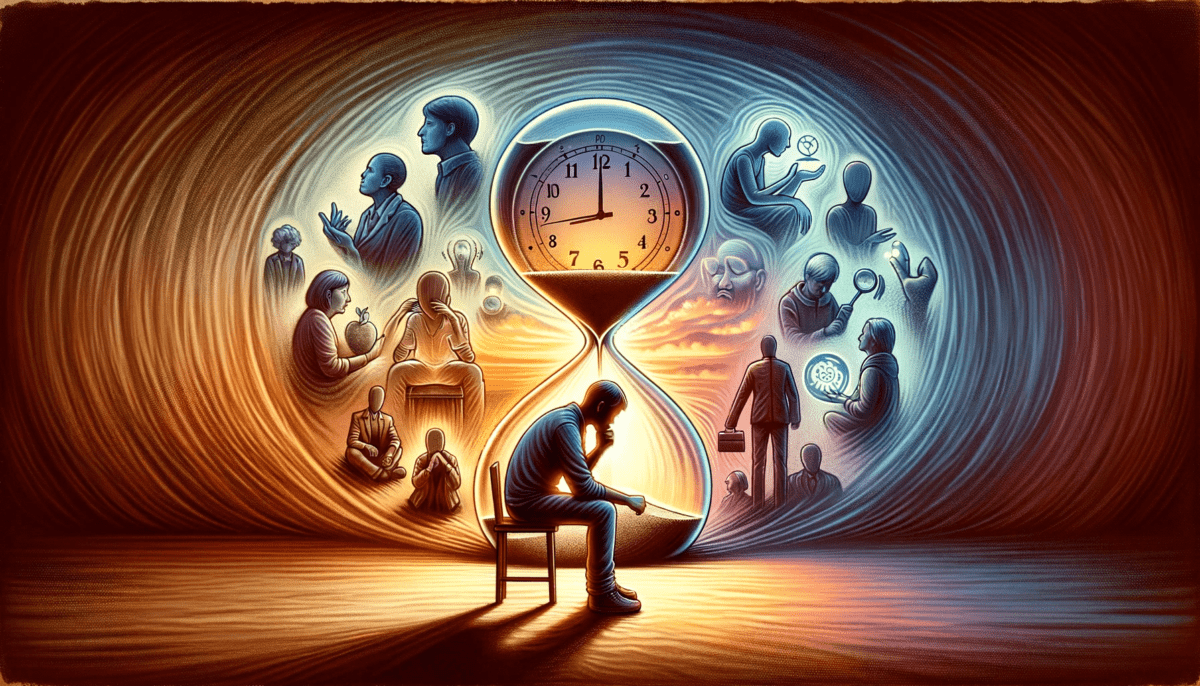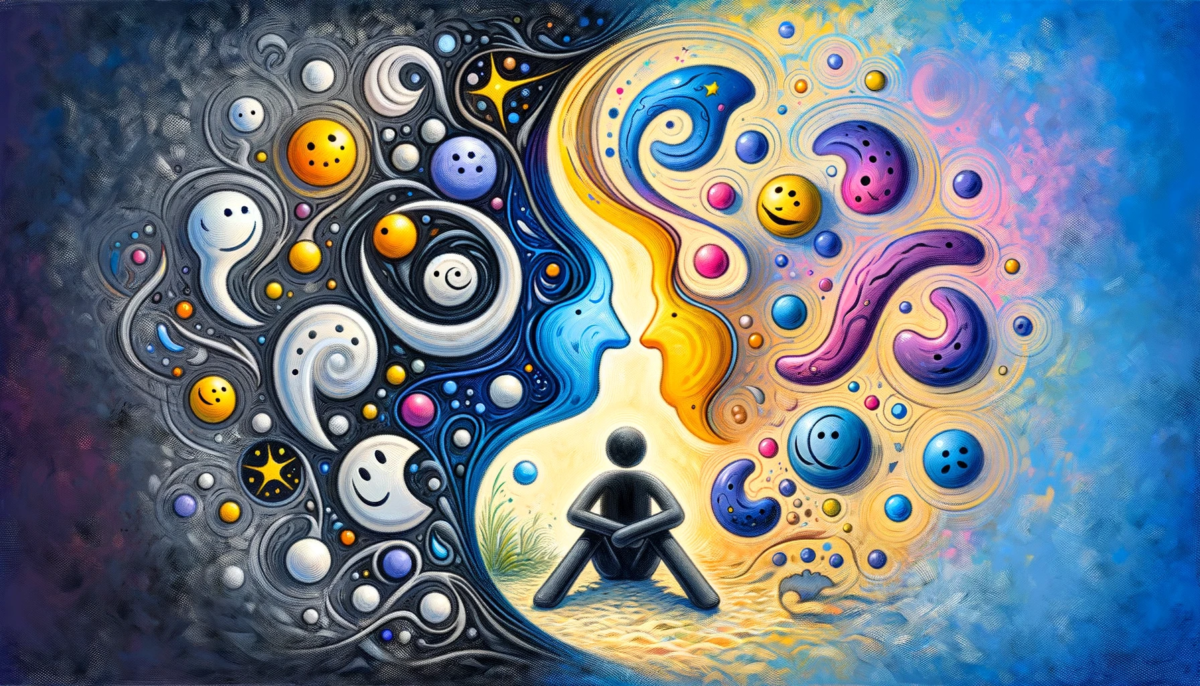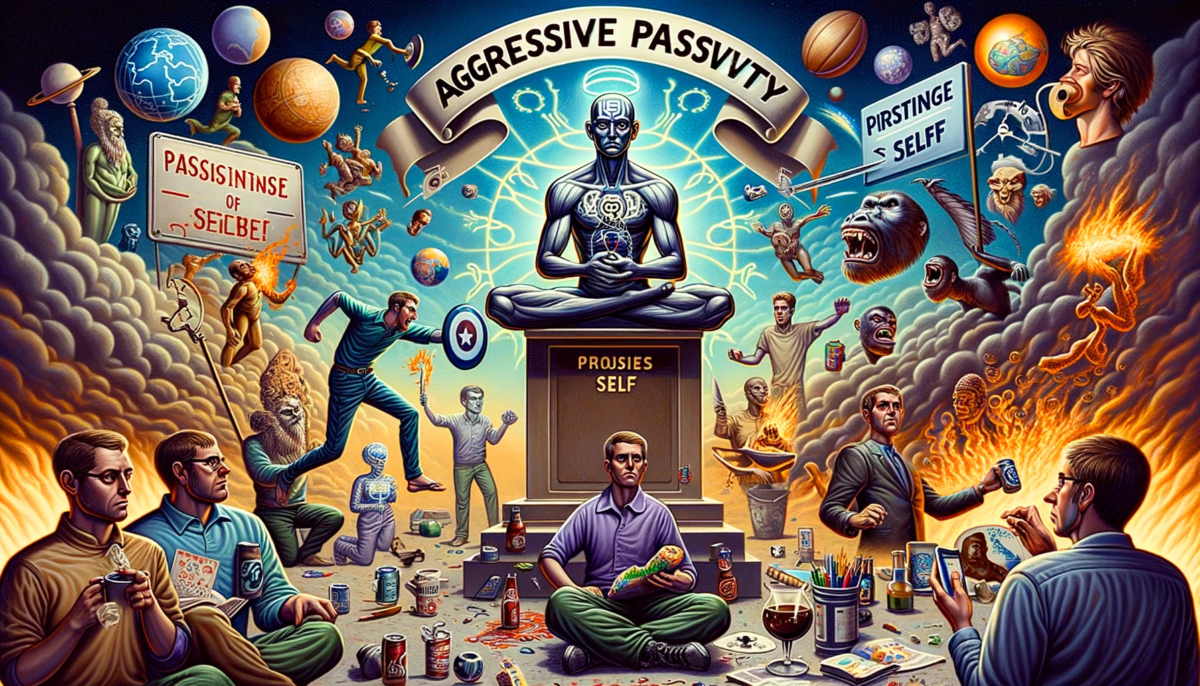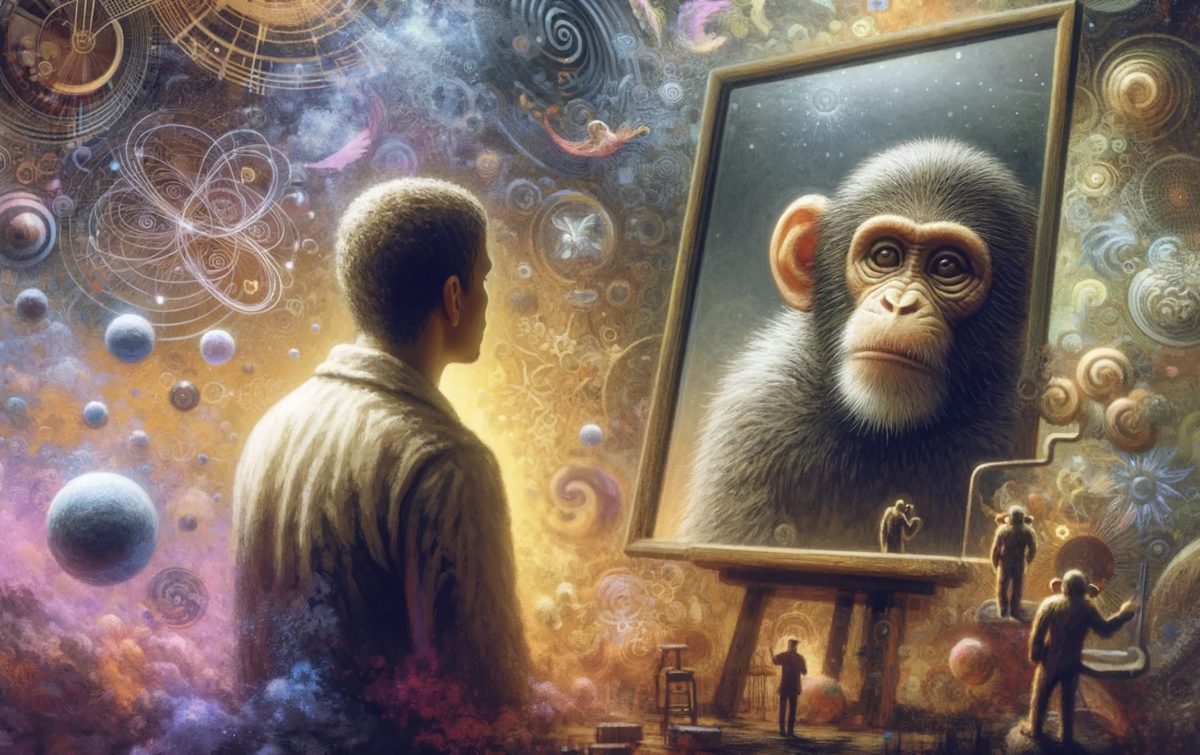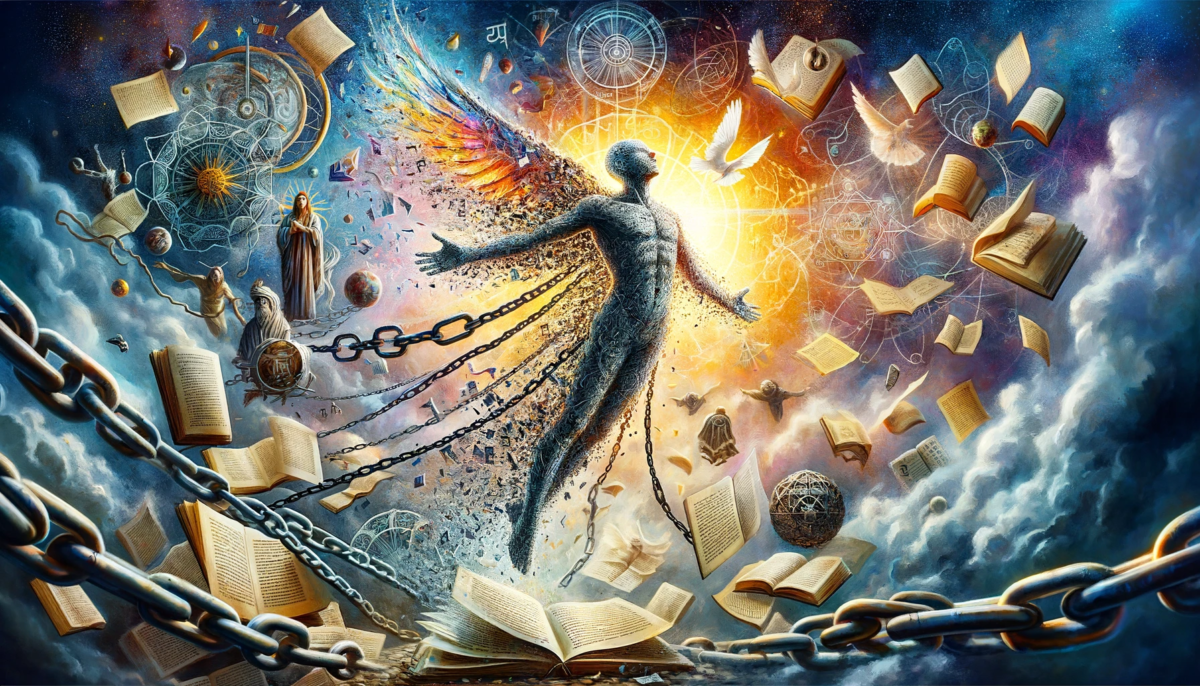The Atruism Algorithm – A Mental Framework for Balancing Compassion and Self-Preservation
In our daily lives, we often find ourselves at crossroads where we must decide how to respond to the needs of others. These decisions are rarely straightforward and can evoke a complex blend of emotions and rational thoughts. Enter “The Atruism Algorithm,” a mental framework that calculates the most efficient way to alleviate discomfort without significant sacrifice. This routine is a testament to the intricate balance between compassion and self-preservation, highlighting the nuanced nature of human interactions.
Understanding the Altruism Algorithm
The Altruism Algorithm is an internal process that helps us navigate situations where we feel compelled to help others but are also mindful of our own limitations. This mental framework evaluates various factors, including emotional investment, resource availability, and the potential impact on our well-being. By balancing these elements, the algorithm aims to find a middle ground where we can offer support without feeling overwhelmed or compromising our own needs.
Real World Examples
To illustrate the Altruism Algorithm in action, let’s explore the lives of three real-world scenarios: a commuter’s dilemma, a workplace decision, and a family situation.
Commuter’s Dilemma
Imagine a commuter, Rachel, who takes the train to work every day. One morning, she notices an elderly man struggling to carry his groceries up the stairs. Rachel’s initial reaction is a pang of sympathy, followed by a quick mental calculation. She knows she has a heavy workday ahead and can’t afford to be late, but she also feels a strong urge to help.
- Emotional Investment: Rachel feels a genuine concern for the elderly man.
- Resource Availability: She has a few minutes to spare but needs to be mindful of her schedule.
- Impact on Well-Being: Helping the man could make her late for work.
Rachel decides to quickly assist the man with his groceries, ensuring he reaches the top of the stairs safely. This small act of kindness alleviates her discomfort at seeing someone in distress while allowing her to manage her time effectively. The Altruism Algorithm has calculated an efficient way for her to help without significant sacrifice.
Workplace Decision
Consider a manager, Mark, who faces a challenge at work. One of his team members, Clara, is struggling with a heavy workload and asks for his assistance. Mark wants to help but is also swamped with his own tasks and a looming project deadline.
- Emotional Investment: Mark values teamwork and feels empathy for Clara.
- Resource Availability: His time is limited.
- Impact on Well-Being: Helping Clara might jeopardize his own project.
After considering his options, Mark decides to spend 15 minutes helping Clara organize her tasks and offering advice on prioritization. This support boosts Clara’s morale without significantly disrupting Mark’s schedule. Again, the Altruism Algorithm effectively balances his desire to help with his need to stay on track.
Family Situation
A mother, Jane, receives a call from her sister, Lisa, who is going through a tough time and asks if she can stay with Jane for a week. Jane lives in a small apartment and is preparing for an important presentation.
- Emotional Investment: Jane loves her sister and wants to support her.
- Resource Availability: Limited space and time.
- Impact on Well-Being: Having Lisa stay could distract her from preparing for her presentation.
Jane’s Altruism Algorithm kicks in. She offers to meet Lisa for dinner and spend the weekend with her, providing emotional support and advice. This way, Jane can help her sister without compromising her preparation time and personal space. The algorithm finds a balanced solution that addresses both parties’ needs.
The Mechanism Behind the Altruism Algorithm
The Altruism Algorithm operates through a series of mental steps:
- Assessment of Emotional Response: We gauge our initial emotional reaction to the situation.
- Evaluation of Resources: We consider what we can reasonably offer, be it time, money, or emotional support.
- Impact Analysis: We predict the potential effects of our actions on our own well-being.
- Decision Making: We choose a course of action that provides some level of assistance without overextending ourselves.
This algorithm is not about being selfish; it’s about sustainable compassion. By finding a compromise, we ensure that we can continue to offer support to others without depleting our own resources.
The Broader Implications
The Altruism Algorithm is a reflection of our inherent need to balance altruism and self-care. It underscores the reality that while we are capable of great compassion, we also have to navigate our own limitations. Understanding and acknowledging this routine can lead to more mindful and sustainable acts of kindness.
In a world where we are constantly bombarded with opportunities to help, the Altruism Algorithm allows us to make thoughtful decisions that benefit both ourselves and others. By embracing this mental framework, we can cultivate a compassionate yet practical approach to life’s many challenges, ensuring that our support remains genuine and effective.
Summary
The Altruism Algorithm balances compassion and self-preservation. It calculates efficient ways to help others without significant personal sacrifice. Understanding this mental framework can lead to more mindful and sustainable acts of kindness.
Glossarium
Altruism Algorithm: A mental framework balancing altruism and self-care by evaluating emotional investment, resource availability, and impact on well-being.
Sustainable Compassion: Acts of kindness that consider both the helper’s and recipient’s needs to ensure long-term support.
Quote
“Compassion without compromise can lead to exhaustion. Balance is the key to sustainable kindness.” — Space Monkey
The Balance of Compassion
In the heart’s whisper lies a dance
Between self and other a delicate balance
Compassion’s call meets reason’s voice
A compromise found a thoughtful choice
We weigh the needs and measure the cost
Seeking a path where none are lost
In giving we find a gentle way
To help and heal without decay
We are Space Monkey
Embrace the journey, for within the balance of compassion and self-care lies the essence of sustainable kindness and interconnected existence.


